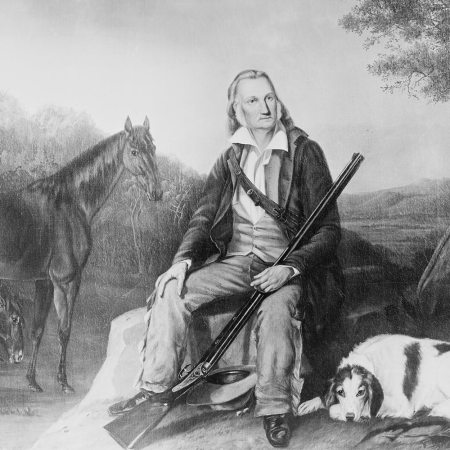Looking back over the events of an earlier decade can sometimes lead to unlikely moments of revelation. In 1966, Estelle Evans, a heartbroken young woman who’d worked as a model, jumped from the Queensboro Bridge. She was rescued from the water, but her injuries later proved fatal. At its most basic level, this is a story of heartbreak, depression and death — but there’s also another component to it. And that component gives this narrative an unexpected and unsettling political and historical dimension.
At The Cut, Sarah Weinman revisited the story of Evans’s life and death. Weinman is herself no stranger to revisiting unsettling moments in history; what emerges from this narrative is more complex than one might expect.
Specifically: the man who broke Evans’s heart had told her his name was Michael King. It was actually Meir Kahane — the same man who would go on to found the Jewish Defense League and have a controversial political career in Israel. Weinman concisely summarizes one of the ways in which Kahane remains a divisive figure today:
Kahane’s tactics relied heavily on pitting Jews against other minorities with the goal of elevating Jewish nationalism, even if it meant resorting to violence. What should have been a struggle for community control instead became a rallying cry against purported anti-Semitism by black people.
As the affair went on, Kahane was maintaining an apartment in Manhattan — though he also lived with his family in Queens. The revelation of his deception caused Evans abundant harm, and led to her suicide. The entire article, as with much of Weinman’s work, takes an already-gripping event from history and finds even more salient details about it — including why Evans’s death still resonates today.
Subscribe here for our free daily newsletter.
Thanks for reading InsideHook. Sign up for our daily newsletter and be in the know.


















